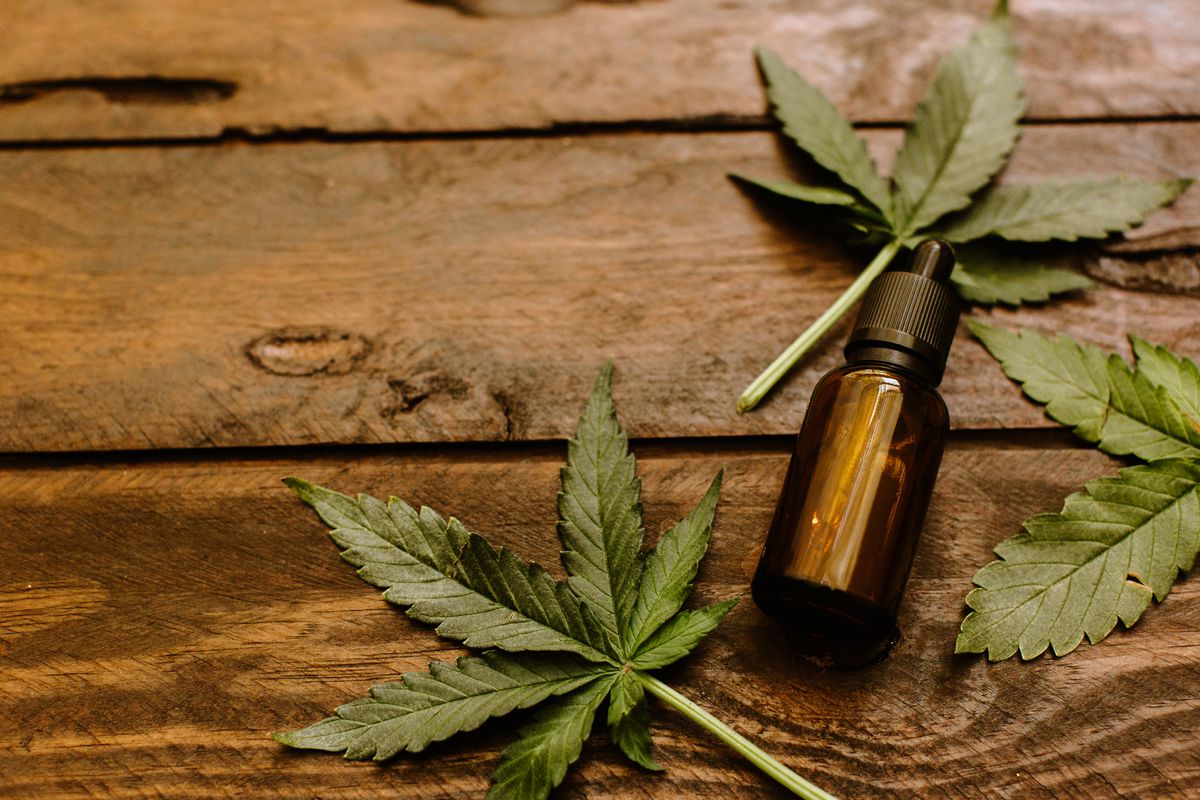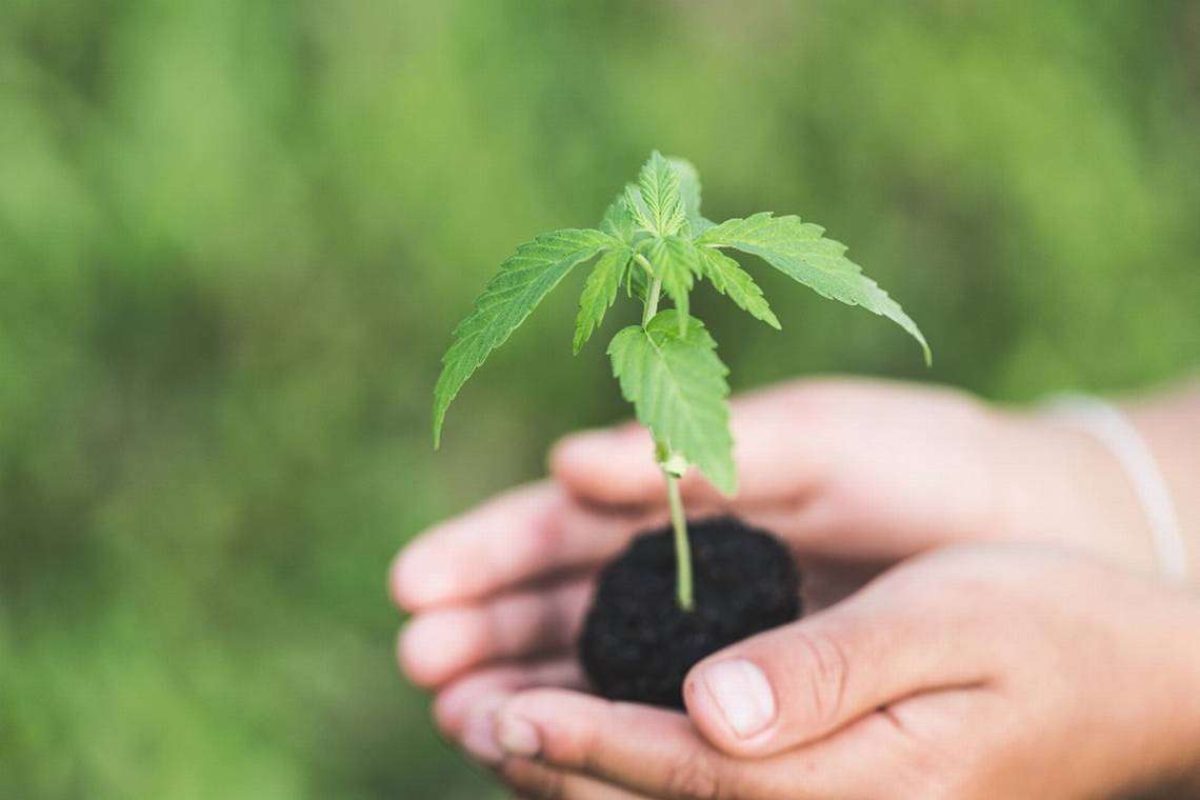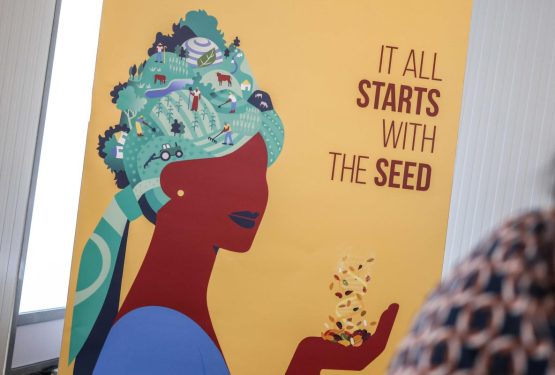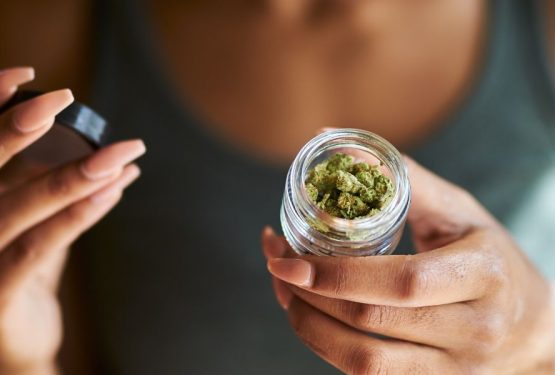This article focuses on the origins of CBD and the plant from which it is derived from.
The Outlawing of Cannabis
Let’s talk about the origins of CBD and hemp! From 1842 to 1900, cannabis made up more than half of all medicines sold in the U.S. In 1850, the U.S. Pharmacopoeia listed cannabis as the primary medicine source to help with more than one hundred separate diseases or illnesses.
Americans had been denied the healing effects of cannabis since the head of the Federal Bureau of Narcotics, Harry Anslinger pushed through legislation that had been crafted in secret for over two years. The end result was the Marijuana Tax Act, which was put in place in 1937. This act made marijuana illegal for any use. Historians believe that Anslinger’s actions were at the solicitation of Dupont petrochemicals and Rudolph Hearst. They had invented a machine to strip fiber from hemp easily. High-quality paper can now be sold at a lower price because this machine reduces the cost without relying on traditional wood pulp. Rudolph Hearst owned millions of acres of forest that supplied paper to his newspaper empire. The land that he owned became worthless. The nylon fiber that DuPont had created would face a significant problem: hemp was deemed far superior, and the machine invented would make hemp production much cheaper. The American Medical Association (AMA) as well as the pharmaceutical industry testified to the Tax ACT. Dr. Woodward, who was both a physician and an attorney, testified on their behalf. This time, cannabis, hemp, and marijuana were deemed 100% illegal. As a result of this, no further medical studies were done for over 30 years worldwide due to the negative connotation that came along with the drug.
The Embrace of Cannabis
Cannabis and hemp come from the same plant, Cannabis sativa. The cultivation and use of the plant determine whether it is your everyday pot or a more industrial hemp that can be used in textiles, ropes, and paper.
Early Chinese records show hemp as a “primary use” crop. The Xia Xiao Zheng, which is the oldest recorded agricultural treatise, referred to hemp as one of the main crops grown in China. Records dating back to 1533 show that King Henry VIII required each farmer to set aside one-fourth of an acre of land for hemp cultivation for every 60 acres of land.
The penalty for not obeying this command was to face a fine of “three siblings and four pence.” In colonial America, it was deemed illegal for farmers to opt out of growing hemp. One of the Founding Fathers, Thomas Jefferson, demanded that an acre of the “best ground” be kept to grow hemp. Colonists came to America on ships that utilized hemp rope,s and the U.S. Constitution was drafted using hemp paper. During this time, cannabis continued to grow and spread throughout the world, with both its psychoactive and industrial effects being noted.
Cannabis Use Around the World
Although cannabis has been central to the development of mankind, the medical and legal uses of CBD that are seen today are a more recent phenomenon. In 1563, Portuguese physician Garcia da Orta observed that when his servants ingested cannabis it made them “not to feel work, to be very happy, and to have a craving for food.” Chinese doctor Li Shizhen noted the anti-nausea effects that cannabis has on the body. Another common story notes that Queen VIctoria used cannabis to ease her menstrual cramps.
The true history of CBD began in 1940, when American chemist Roger Adams isolated the CBD compound; at the time, he was unable to determine precisely what he had isolated. In 1960, an Israeli organic chemist named Raphael Mechoulam was able to both isolate and describe the chemical composition of CBD.
This made it possible for chemists to confirm that CBD was a non-psychoactive constituent of cannabis. By the mid-1970s, the British Pharmacopoeia referred to CBD tinctures for medical use. Following this discovery, the fight to legalize CBD ensued. By the 1950s, CBD had been outlawed in all 50 states. The developments in scientific and medical research, as well as the question of whether CBD should be made legal, were brought back into question. On October 7th, 2003, the first CBD-based patent, which was used as a neuroprotectant, was patented by the United States government. In 2017, the initial steps were taken for the FDA to approve CBD for medical uses only. As technology increased the spread of information, interest in the potential for CBD utilization in medical settings continued to grow. Back in 1998, a British pharmaceutical group known as GW Pharmaceuticals initiated official medical trials with the goal of better understanding the capabilities of CBD, dating back to its origins. This initial research led to international studies conducted by numerous medical societies worldwide.

Through these studies, various benefits of using CBD began to arise. These findings included lowered pain levels and lowered worry in patients who are prone to it. As a result of this, families across the US began to push for the right to help with pain, especially for those who were struggling with terminal conditions.
The Current State of CBD and Hemp
CBD is now legal in all 50 States. It has been proven to aid in stress reduction, worry relief, pain relief, promote sleep, and encourage a healthier and happier life. Animal studies have suggested that CBD lessens worry and reduces the frequency and severity of seizures. Want to learn more about the future of CBD and its legality? We’ve laid it all out here.
There are a number of states that do not consider marijuana to be legal, but have laws that are directly related to CBD oil. Different states require different levels of prescription to possess and utilize CBD oil. Anyone who is looking to use CBD oil must speak with a local healthcare provider.





